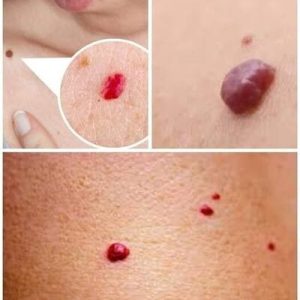An ingrown toenail occurs when the edge of the nail grows into the surrounding skin, causing pain, redness, and swelling. If not addressed early, it can become infected. While some cases may require medical attention, mild ingrown toenails are often manageable at home using simple remedies.
Several factors contribute to the development of ingrown toenails. Common causes include wearing tight or narrow shoes, cutting toenails too short or with curved edges, and experiencing trauma to the toe. Additionally, individuals with naturally curved nails or poor foot hygiene are more prone to developing this condition.
Typical symptoms of an ingrown toenail include tenderness and pain on one or both sides of the nail. The surrounding skin may appear red, swollen, and warm. In more serious cases, pus or drainage may be present, signaling a possible infection that requires medical treatment.
For at-home care, start by soaking the affected foot in warm water mixed with Epsom salt for 15–20 minutes, two to three times a day. This softens the skin and reduces inflammation. After soaking, gently lift the nail’s edge using clean cotton or dental floss to encourage proper growth. Replace the cotton daily to maintain hygiene.
Applying an over-the-counter antibacterial ointment can help prevent infection. After each soak, apply a thin layer of ointment and cover the area with a clean bandage. Wearing open-toed or wide-toe-box shoes can also relieve pressure and support healing. Natural remedies like tea tree oil, aloe vera, and apple cider vinegar may offer additional relief and reduce bacteria.
You should seek medical attention if the pain worsens, if there’s increased redness or pus, or if you have underlying health conditions like diabetes or poor circulation. Recurring ingrown toenails also warrant professional care to avoid complications.




